This paper first introduces the brushed motor and the brushless motor briefly. Secondly, it introduces the working principle of the brushed motor and the brushless motor. At last, it elaborates the brushless motor and the brushless motor in detail from two aspects of the speed control mode and the performance difference. What is the difference between the motor, the specific follow Xiaobian together to understand the next.
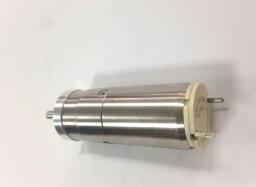
1, brush motor
It uses carbon brush as the two contacts of the motor power supply, and it is controlled by the speed control switch and the controller. The stepless speed regulation of the electric bicycle 0-20km/h is achieved through the secondary deceleration of the gear and the overrunning clutch. The brushed high-speed motor currently used has high gold content, strong motor reduction gear strength, good wear resistance, and reasonable design, so the repair rate is low; and the cost of maintenance and replacement of gears and motors is less, and the electric bicycle is effectively reduced. The maintenance cost; and the brush motor can achieve easy manpower riding through the overrunning clutch and the flywheel. Brush motor is the use of brush mechanical commutation!
2, brushless motor
The cost of its speed control system is higher than that of a high speed motor with a brush, and the controller is prone to failure during use. When the speed of an electric bicycle equipped with a brushless motor must reach 35 km/h or more, the best working efficiency can be achieved. However, we know that electric bicycles are managed as non-motorized vehicles and the speed must be below 20 km/h. Brushless motors are used by electric bicycles to reduce the work efficiency, and their desirability is not strong. The main point now that it is adopted is that the noise is small. Brushless motor is the use of electronic circuit commutation! There are detection elements to detect polarity!
How Brushed and Brushless Motors Work1, brush motor
When the motor is working, the coil and the commutator rotate, the magnet and the carbon brush do not rotate, and the alternation of the direction of the coil current is accomplished by the commutator and the brush that the motor rotates. In the electric vehicle industry, brush motors are divided into high-speed brush motors and low-speed brush motors. There are many differences between the brush motor and the brushless motor. It can be seen from the name that the brush motor has a carbon brush and the brushless motor does not have a carbon brush.
A brush motor consists of a stator and a rotor. The stator has a magnetic pole (winding type or permanent magnet type). The rotor has a winding. After the power is applied, a magnetic field (magnetic pole) is formed on the rotor. There is a magnetic pole between the stator and the rotor. The angle of rotation causes the motor to rotate under the mutual attraction of the stator's magnetic field (between the N and S poles). Change the position of the brush, you can change the stator rotor angle (assuming that the stator's magnetic pole is the starting edge of the angle, the rotor's magnetic pole is the other side, from the rotor's magnetic pole to the stator's magnetic pole direction is the motor's rotation direction) The direction of the motor thus changes the direction of rotation.
2, brushless motor
The brushless motor adopts electronic commutation, the coil does not move, and the magnetic pole rotates. The brushless motor uses a set of electronic equipment to sense the position of the permanent magnet pole through the Hall element. According to this perception, the electronic circuit is used to timely switch the direction of the current in the coil to ensure that the magnetic force in the correct direction is generated to drive the motor. . Eliminates the shortcomings of brushed motors.
These circuits are motor controllers. The controller of the brushless motor can also realize some functions that can not be realized by the brush motor, such as adjusting the power switching angle, braking the motor, reversing the motor, locking the motor, using the brake signal, and stopping the power supply to the motor. The electronic alarm lock of the battery car now fully utilizes these functions.
The brushless DC motor consists of a motor body and a driver and is a typical electromechanical integration product. Since the brushless DC motor is operated autonomously, it does not add starter windings on the rotor like a synchronous motor with heavy-duty start under heavy-duty speed regulation, nor does it cause oscillation and out-of-step when the load suddenly changes.
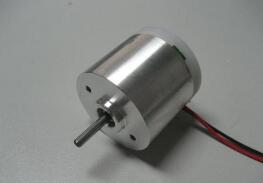
First, the difference between speed mode
Actually, the control of the two motors is voltage regulation. Since the brushless DC adopts electronic commutation, digital control can be achieved. Brushed DC is reversed by a carbon brush, and thyristors are used. Traditional analog circuits can be controlled and are relatively simple.
1, brush motor speed control process is to adjust the motor power supply voltage level. The adjusted voltage and current are converted by the commutator and brush to change the strength of the magnetic field generated by the electrode and achieve the purpose of changing the rotation speed. This process is called variable speed control.
2, brushless motor speed control process is the motor power supply voltage is unchanged, change the ESC control signal, through the microprocessor and then change the switching rate of high-power MOS tube, to achieve speed changes. This process is called variable frequency speed regulation.
Second, the performance difference
1, brush motor structure is simple, long development time, technology is mature
As early as the nineteenth century when the motor was born, the resulting practical motor was the brushless version, namely the AC squirrel-cage asynchronous motor, which was widely used after the generation of alternating current. However, asynchronous motors have many disadvantages that cannot be overcome, resulting in slow development of motor technology. In particular, DC brushless motors have not been able to be put into commercial operations. With the rapid development of electronic technology, it has only been gradually put into commercial operation in recent years. In essence, it still belongs to the category of AC motors.
Shortly after the birth of brushless motors, people invented DC brush motors. Due to the simple structure of DC brush motor, easy production and processing, easy maintenance, and easy control; DC motor also has the characteristics of fast response, large starting torque and ability to provide rated torque from zero speed to rated speed. It has been widely used.
2, DC brush motor response speed, starting torque
The brushed DC motor has a quick start response speed, a large starting torque, a smooth shifting speed, almost no vibration from the zero speed to the maximum speed, and a greater load during starting. The brushless motor has a large starting resistance (inductive reactance), so the power factor is small, the starting torque is relatively small, there is a squeaking noise at the start, and accompanied by a strong vibration, the starting load is small.
3, DC brush motor running smoothly, starting and braking effect is good
The brush motor regulates pressure and speed, so the starting and braking are stable, and the constant speed operation is also stable. The brushless motor is usually a digital frequency conversion control. It first turns the AC into DC, and then DC and then into AC. The speed is controlled by the frequency change. Therefore, the brushless motor does not run stably when starting and braking, and the vibration is large. Only when the speed is constant Will be stable.
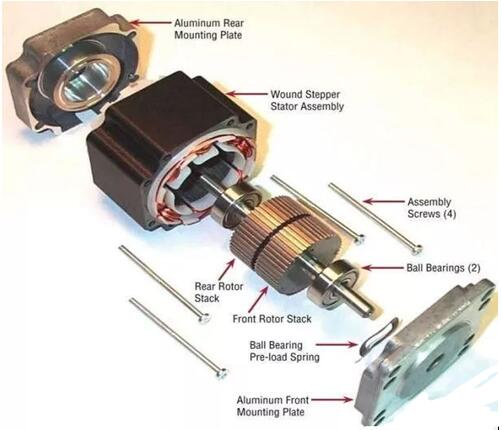
4, DC brush motor control accuracy
The DC brush motor is usually used together with a gear box and a decoder to make the motor output power higher, control accuracy is higher, the control accuracy can reach 0.01 mm, and almost all the moving parts can be stopped at any desired place. All precision machine tools use DC motor control accuracy. Because the brushless motor is not stable during starting and braking, the moving parts will stop at different positions each time and must be stopped at the desired position through positioning pins or stoppers.
5, DC brush motor is low in cost and easy to maintain. Because of the simple structure of DC brush motor, low production cost, many manufacturers, and mature technology, the application is also more extensive, such as factories, processing machines, precision instruments, etc. If the motor fails, just replace the carbon brush, each Carbon brushes only need a few dollars and are very cheap. Brushless motor technology is not mature, the price is high, the scope of application is limited, mainly in constant-speed equipment, such as inverter air conditioners, refrigerators, etc., brushless motor damage can only be replaced.
6, no brush, low interference
The brushless motor removes the brush. The most direct change is that there is no electric spark generated when the brush motor is running, which greatly reduces the interference of the electric spark on the remote radio equipment.
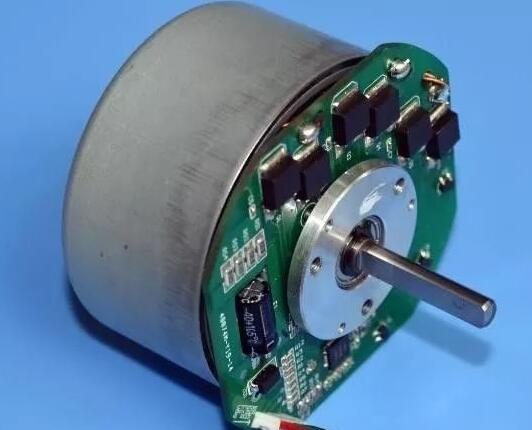
7, low noise, smooth operation
The brushless motor has no brush, friction is greatly reduced during operation, and the operation is smooth and the noise is much lower. This advantage is a great support for the stability of the model operation.
8, long life, low maintenance costs
With fewer brushes, the wear of the brushless motor is mainly on the bearing. From the mechanical point of view, the brushless motor is almost a kind of maintenance-free motor. If necessary, only some dust removal and maintenance can be done.
Recommended Download: "The difference between brushed and brushless motors"The distribution box is a massive parameter on the data. Generally, it constitutes a low-voltage forest. According to the electrical wiring, it is required to assemble the switchgear, measuring instrument, protective electrical appliance and auxiliary equipment in a closed or semi-closed metal cabinet or on the screen to form a low-voltage power distribution. box. The circuit can be switched on or off with a manual or automatic switch during normal operation.
Our company's Distribution Boxes are mainly divided into six series(as follow),had exported into global market for many years:
Universal Junction Boxes
Euro type Switch Boxes
Distribution Box
Locks for Switch Boxes
Industrial Plug And Socket
JXF Water Proof Metallic Panel Board
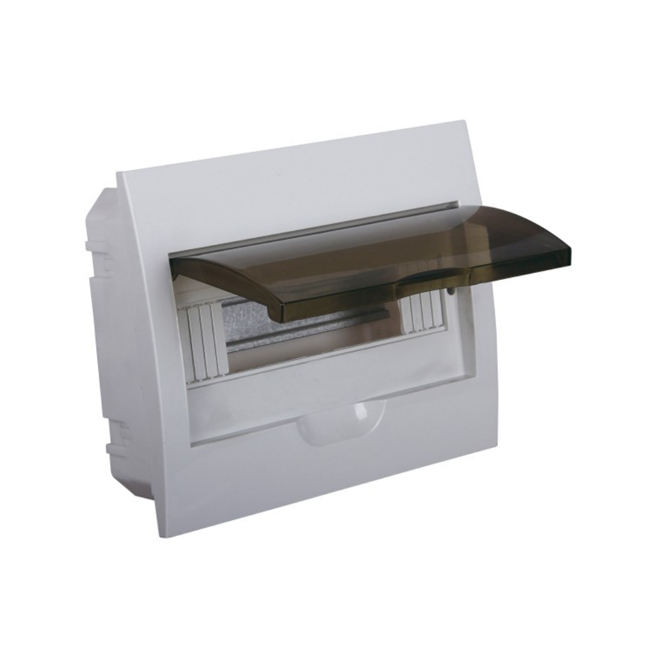
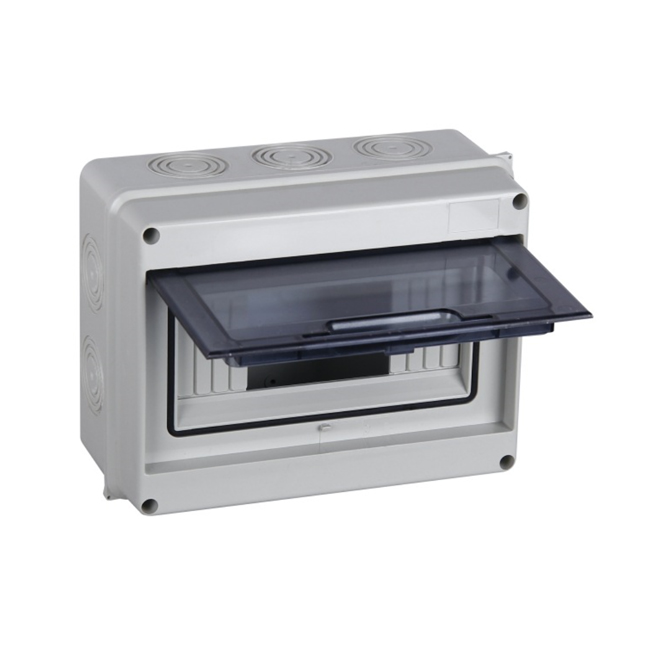
Distribution Boxes,Terminal Box,Switch Box,Control Switch Box
Ningbo Bond Industrial Electric Co., Ltd. , https://www.bondelectro.com
![<?echo $_SERVER['SERVER_NAME'];?>](/template/twentyseventeen/skin/images/header.jpg)